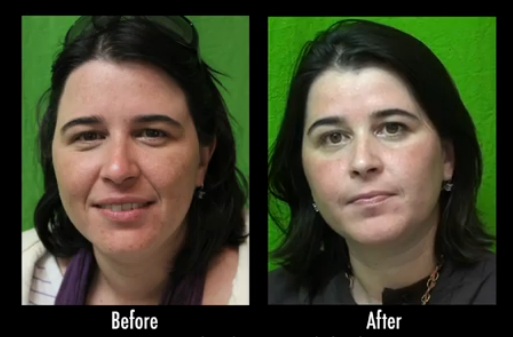Acne vulgaris is one of the biggest cosmetic concerns with regard to dermatology. Acne largely affects teenagers and young adults, but can be seen in people of all ages. Regardless of the age of the sufferer, acne can be an aggressive and embarrassing skin condition to live with. Pimples, pustules, and papules riddle the skin with painful bumps that later turn into unsightly scars. There are many possible therapies, including oral and topical medications, but today’s most recent answer for treating acne: laser technology.
How Acne Occurs
Acne can be caused by a number of factors. One or all of the following can lead to relentless eruptions on the skin:
- -Excess amounts of keratin in the hair follicle
- -Genetics
- -Hormones
- -Stress
In any case, the cause leads to clogging of the sebaceous glands, which begets the development of certain bacteria that create redness and inflammation. An effective acne treatment targets this root problem to take care of the acne on the surface.
How Acne Treatment with Lasers Works
The main types of laser therapy used at FineTouch Dermatology include:
- -Photodynamic light therapy (PDT) with blue and red light
- -VBeam laser
- -Spectra VRMIII
The first of these, PDT with blue and red light, causes the acne-causing bacteria to self-destruct by creating free radicals within the bacterial cells. Treatment series for acne using PDT must take place over a course of sessions lasting 4 to 8 weeks. The VBeam laser is also used in PDT, as a more aggressive alternative to the blue light.
The Spectra VRMIII is used for severe nodular acne treatment. It targets and destroys the sebaceous gland so that it cannot become infected by the acne-causing bacteria. The laser light also introduces oxygen into the bacterial cell bodies, causing them to die. Three or 4 treatments of the Spectra VRMIII at 2 to 4 week intervals will show great improvement in the bacteria and lesions present.

